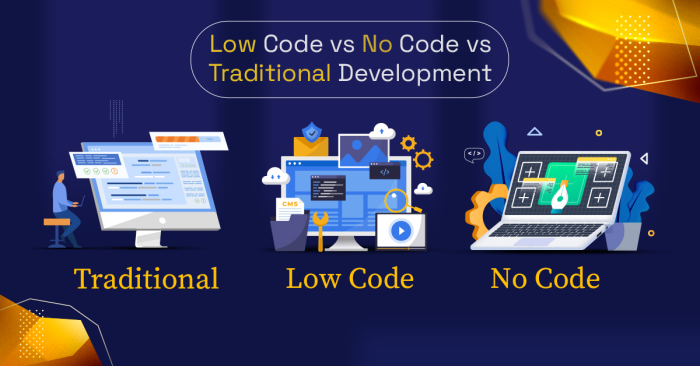
Choosing between Coding and using No Code/Low Code applications depends on various factors in a startup according to the personal need and market trends, such as startup's specific needs, expertise, resources, and project requirements. Venture Lab is here to simplify your understanding on this:
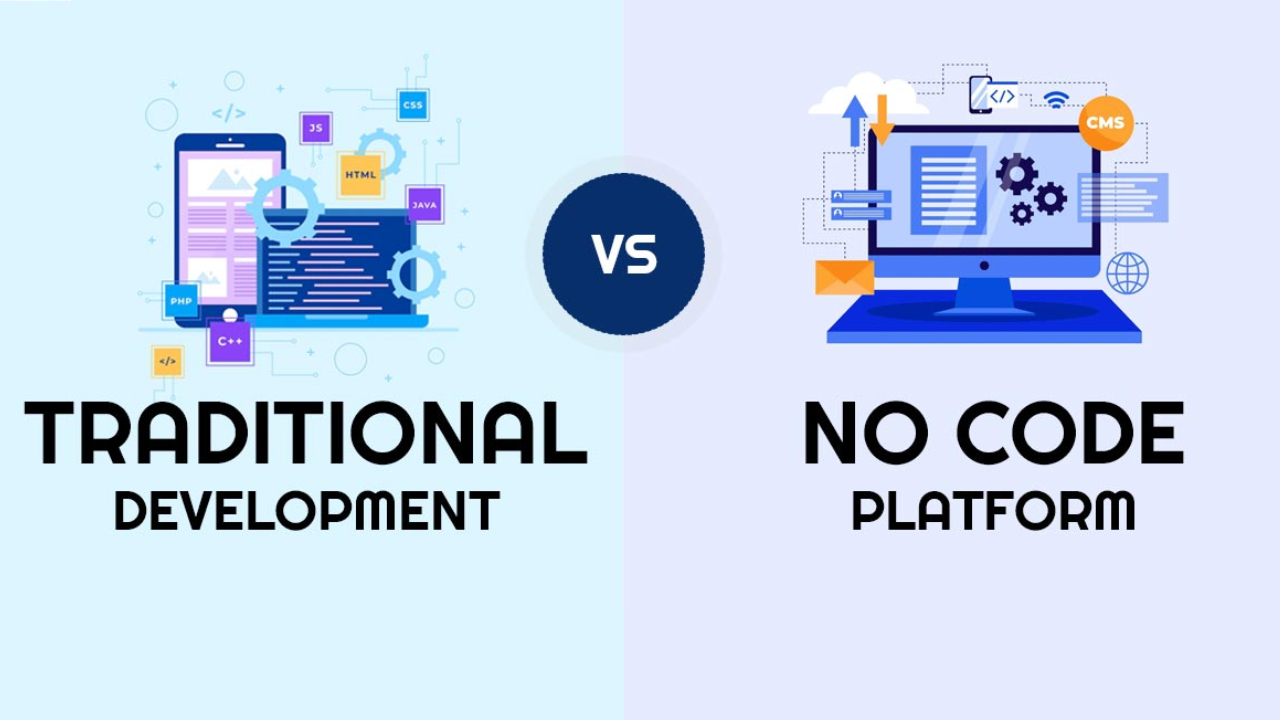
Advantages of Coding:
1. Flexibility: Coding allows an individual to build the application according to one's exact requirements and allow full customization of the application to match the project requirements. Coding allows full control over the codebase, so that the individual can edit and change it according to the change in requirements and remain up to date with new functionality.
2. Scalability: With the help of coding, you can develop high scalable applications which allow startups to grow and expand their business. Individual have freedom to scale infrastructure when ever needed.
3. Learning: Coding provides a deep understanding of programming concepts and programming languages. With the help of coding an individual can learn the required skills and can open up various career opportunities in different domains.
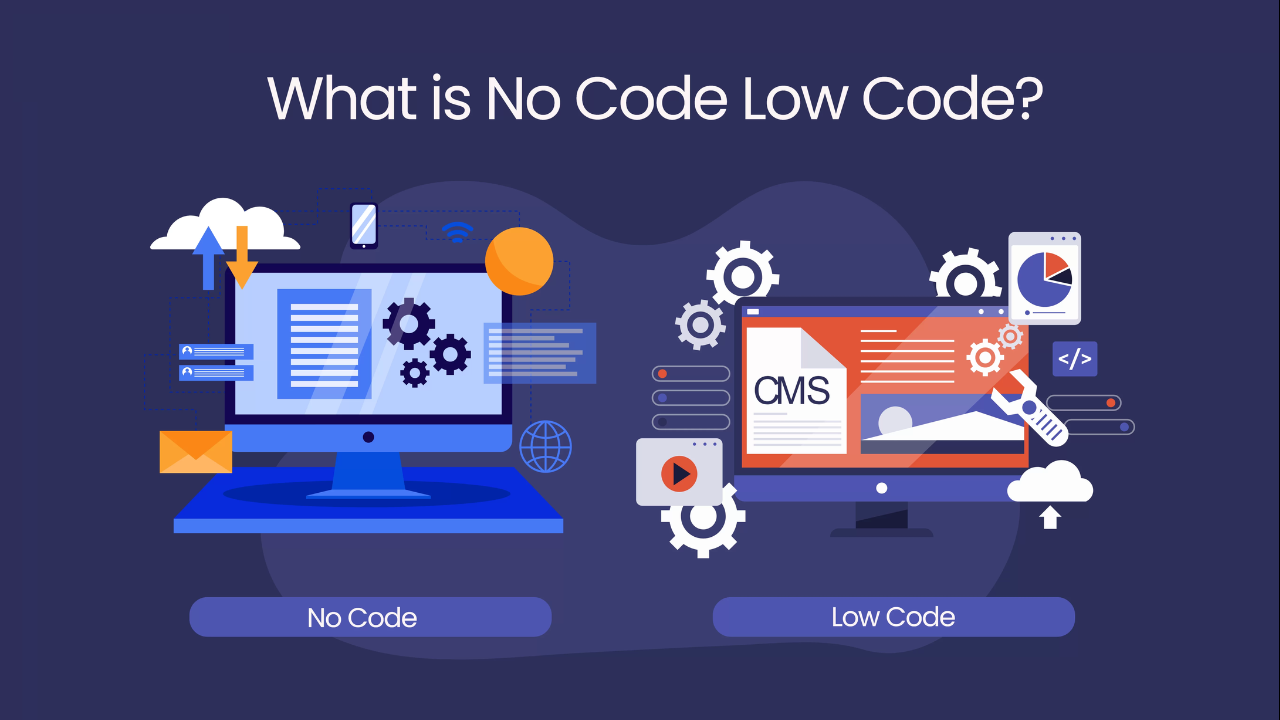
Advantages of using No Code/Low Code:
1. Rapid Development: With the help of No Code/Low Code platforms, an individual can rapidly develop an application with no time, allowing individual to build various functionality and fulfill the application requirement much faster as compared to the traditional coding methods.
2. Accessibility: An individual doesn't need to have complete coding knowledge to use these No Code/Low Code platforms. These platforms are designed to be user-friendly so that it can be used by people with more or less coding knowledge, making it accessible to a large audience.
3. Cost-Effective: Building an applications with the use of a No Code/Low Code platforms can be cost-effective, as it reduces the need of hiring expensive developers as applications can be developed by person with less coding knowledge, further it also shortens the development lifecycle of the application.
4. Focus on Business Logic: No Code/Low Code platforms offers easy away to solve the complexities of coding, allowing an individual to focus more on the business logic requirements and functionality of the application rather than the technical details.
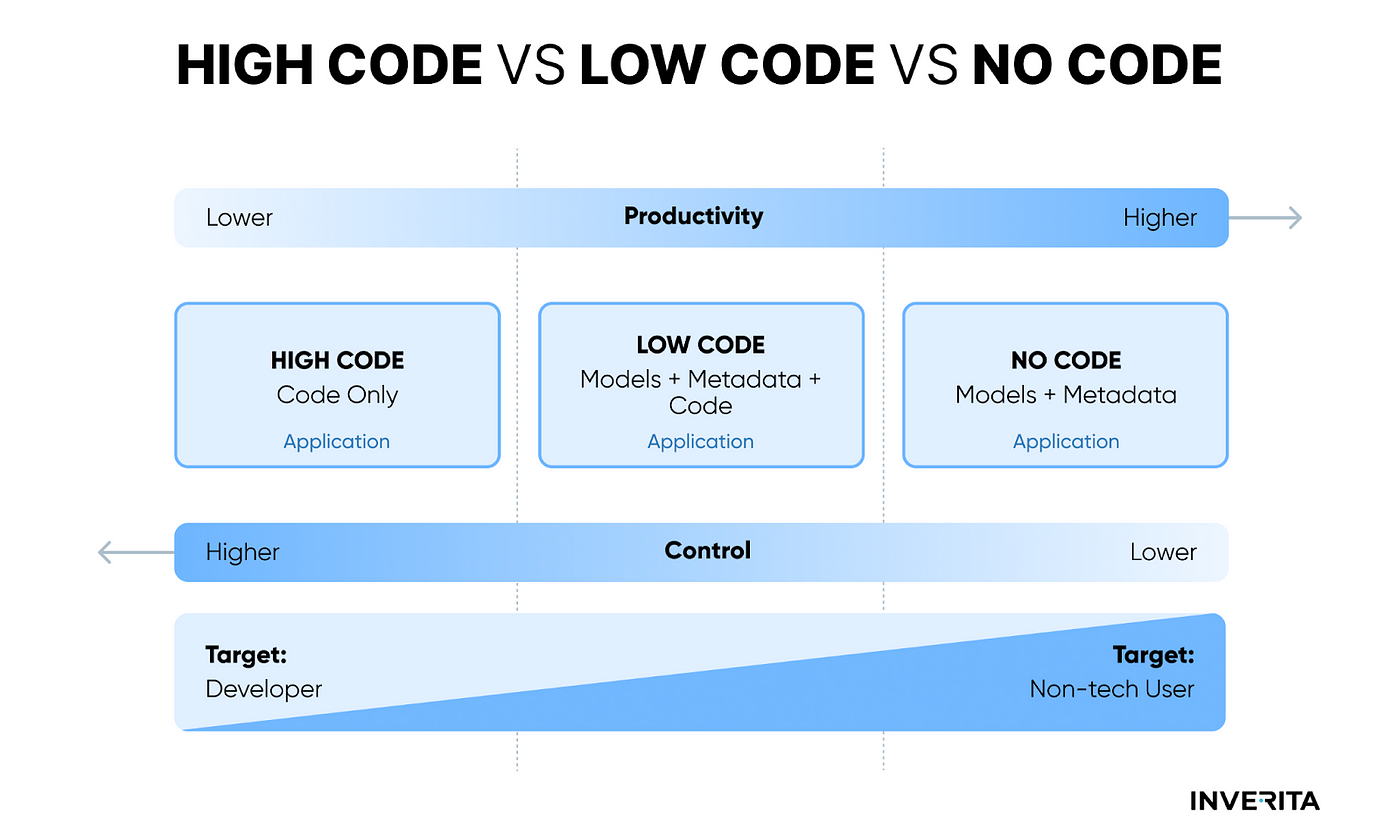
No Code/Low Code platforms are empowering a broader spectrum of individuals to build applications without the need for extensive programming knowledge. User-friendly interfaces of these platforms enable users to drag and drop components to create functional applications, ranging from simple task automation to complex enterprise solutions.
According to the report, the United States is the largest market for No Code/Low Code platforms, with 77 percent of American companies adopting low-code platforms in their operations, underscoring their significant impact on the industry.
No Code/Low Code technologies empower non-technical individuals by simplifying the development process, enabling them to bring their application ideas to life without mastering complex programming languages. Reports indicate that companies leveraging No Code/Low Code solutions see up to a 75 percent decrease in development time.
No Code/Low Code platforms empower companies to innovate more rapidly and efficiently according to change in market trends and customer requirement, breaking down barriers to technology adoption. Business owners are on the brink of a major shift; adopting these platforms can significantly advance their operations, keeping them competitive in an ever-changing technological environment.
The No Code/Low Code movement, is supported by tech giants such as Microsoft and Google, as well as smaller vendors like Alpha Software, Appypie and Bubble.io. These types of software solutions introduce a new era of agility and innovation, making app development widely accessible. They offer the following benefits:
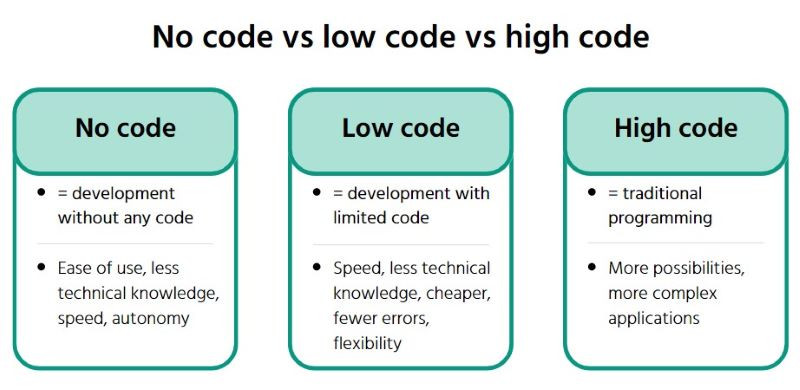
Streamlined development process: No Code/Low Code platforms simplify the development process, enabling solutions to be brought to market up to 10 times faster than traditional methods.
Innovation across the board: These platforms democratize the creation of tech solutions, allowing team members without a programming background to contribute to innovation. For example, teams can automate repetitive tasks like data entry, approval workflows, and notifications without needing extensive coding knowledge.
Cost reduction: By enabling non-technical users to develop applications, businesses can significantly cut costs associated with hiring specialized developers. Reports indicate that No Code/Low Code platforms cut development costs by up to 50 percent.
Agility and responsiveness: These platforms enhance business agility by enabling rapid prototyping and iteration, allowing businesses to promptly respond to market changes and customer feedback.
Access to advanced technologies: Built-in AI and blockchain on No Code/Low Code platforms allow businesses to effortlessly integrate cutting-edge solutions without needing deep technical knowledge.
Some examples of use of No Code/Low Code platforms, Schneider Electric launched 60 applications over 20 months, remarkably delivering most within just 10 weeks. This strategic move significantly accelerated their digital initiatives, setting a new standard for rapid development within the industry.
In another case, Igloo Coolers used a no-code app builder to build a series of intelligent digital forms for capturing, displaying, and analyzing quality control data. The company was able to save over $100,000 and take the process completely digital.
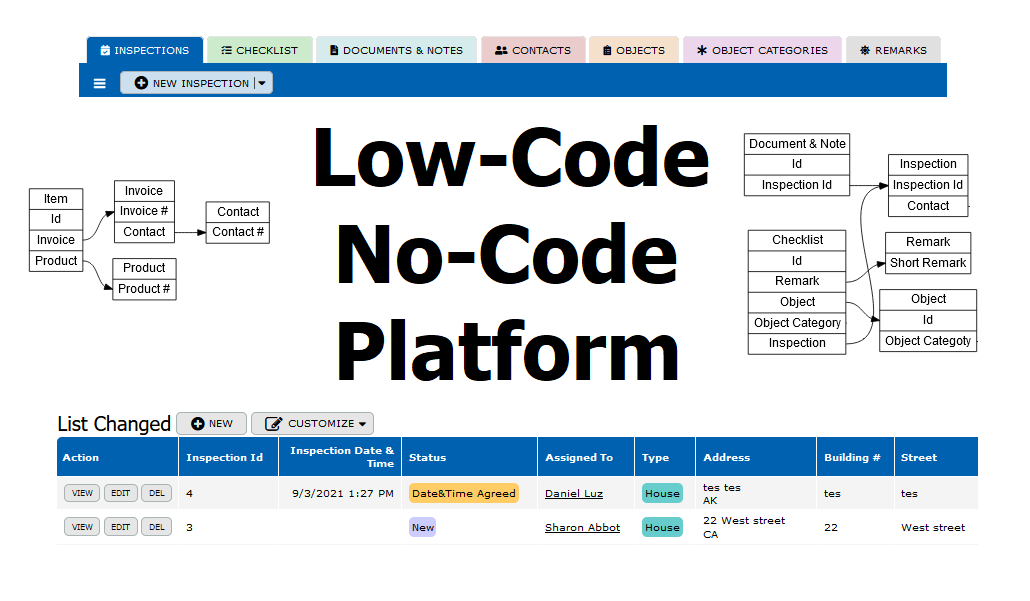
Ultimately, the best choice depends on the individuals specific project requirements, team's skills and resources, and the trade-offs one is willing to make between flexibility, control, and speed of development. In ideal case, a combination of both approaches is the best suitable possible, combining the strengths of both to meet one's goals effectively.